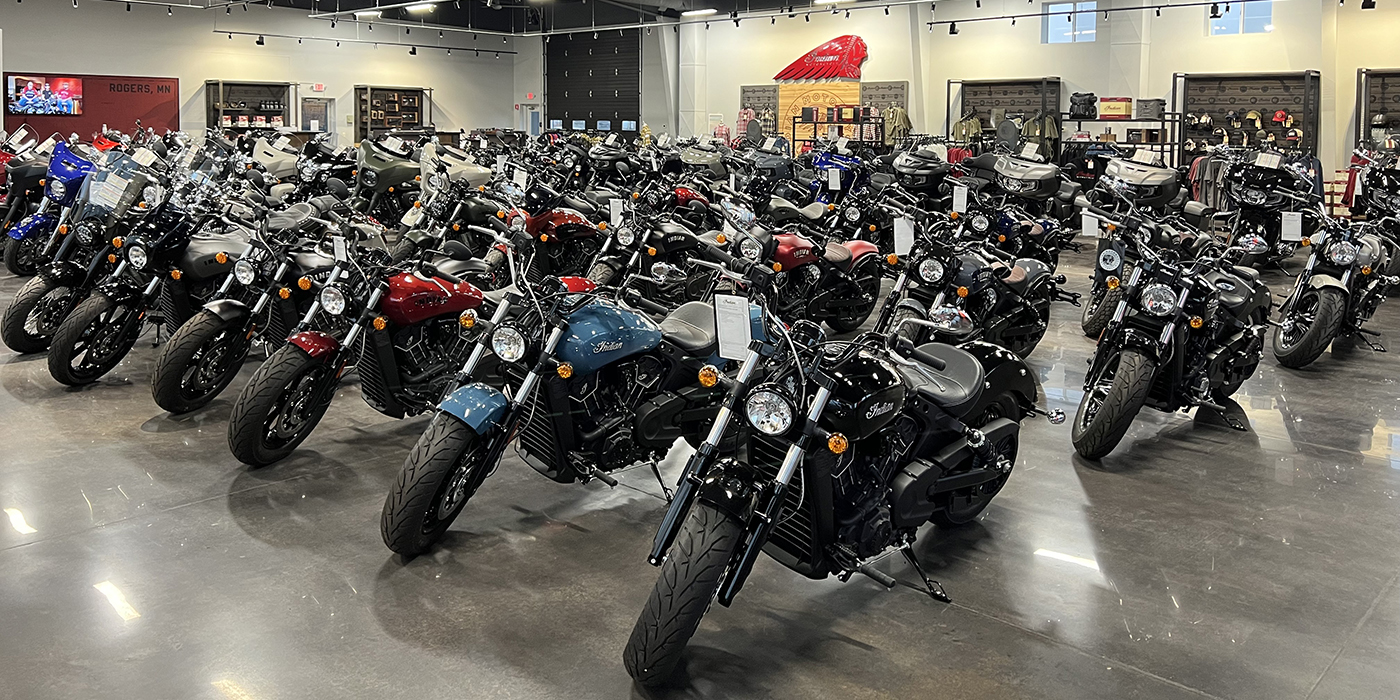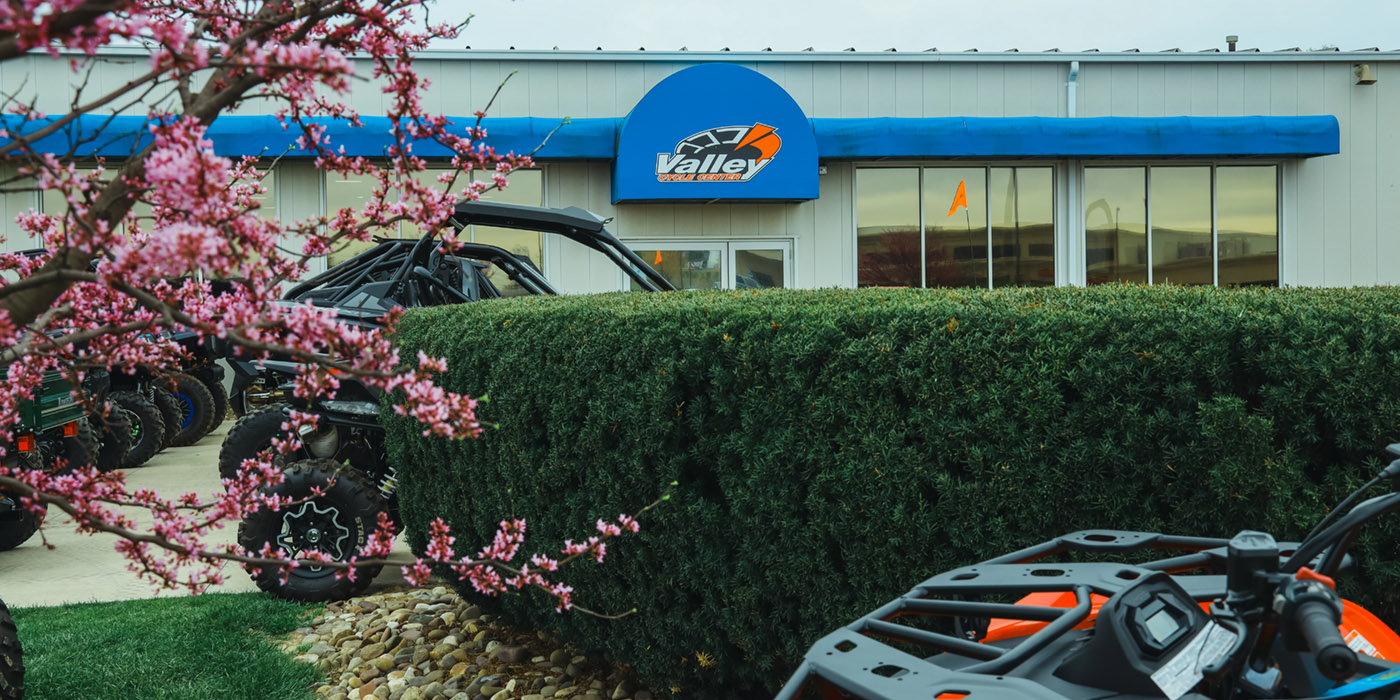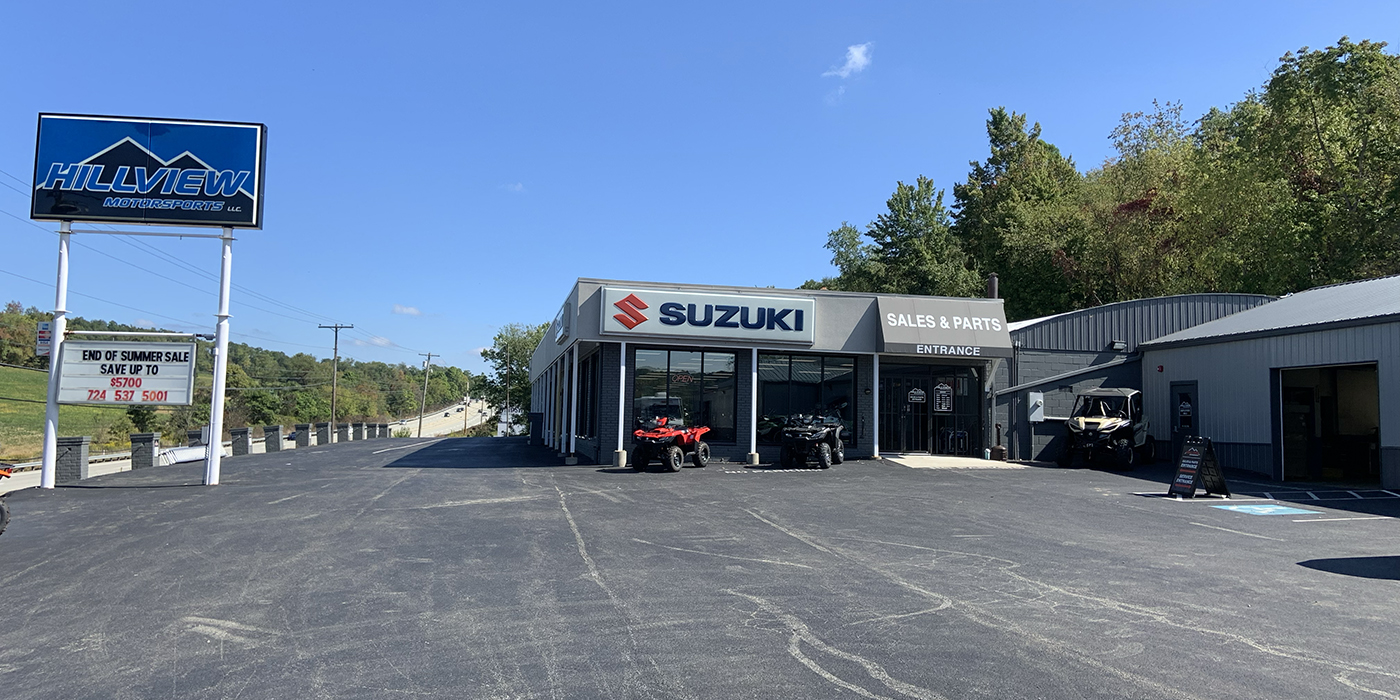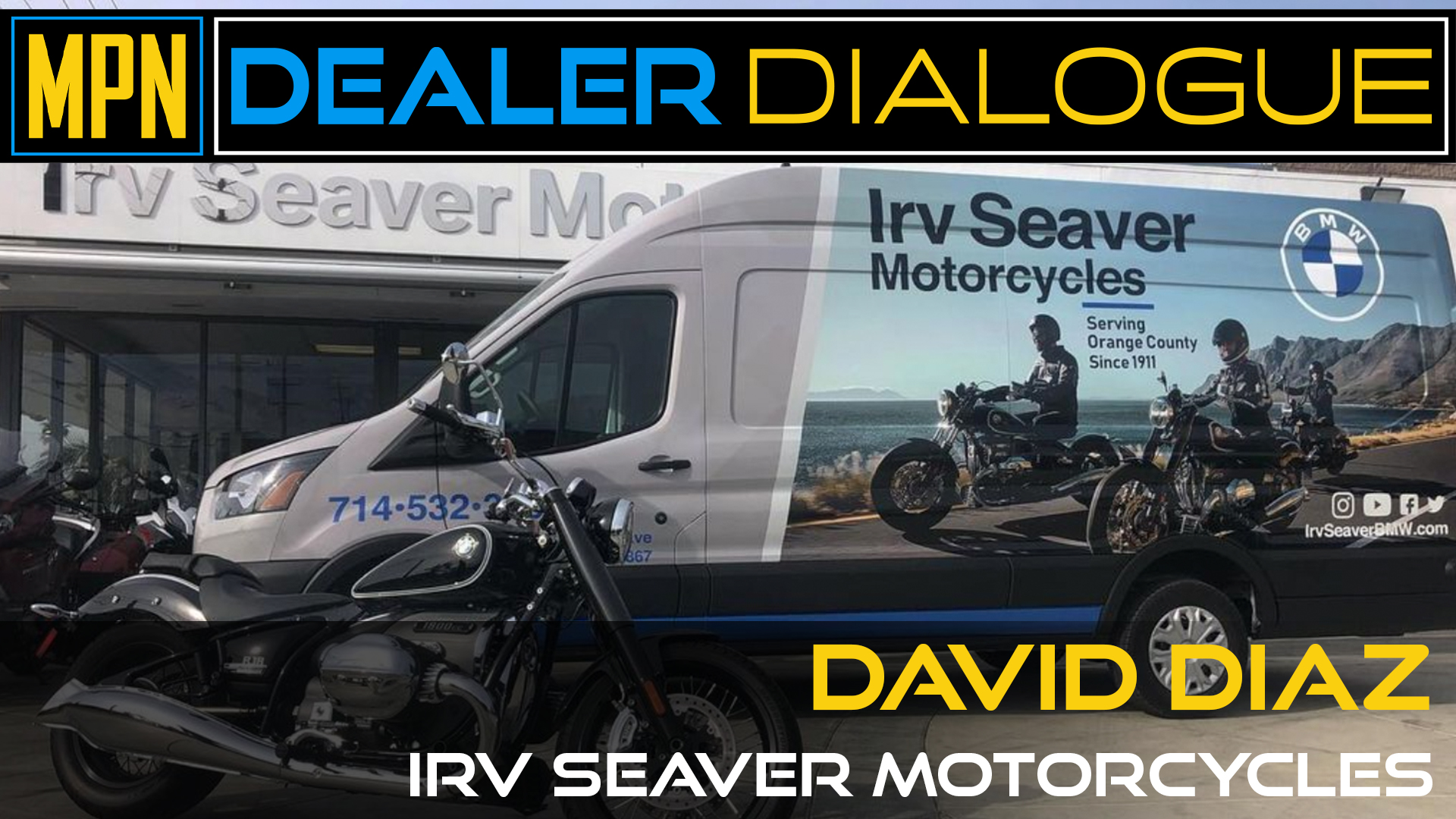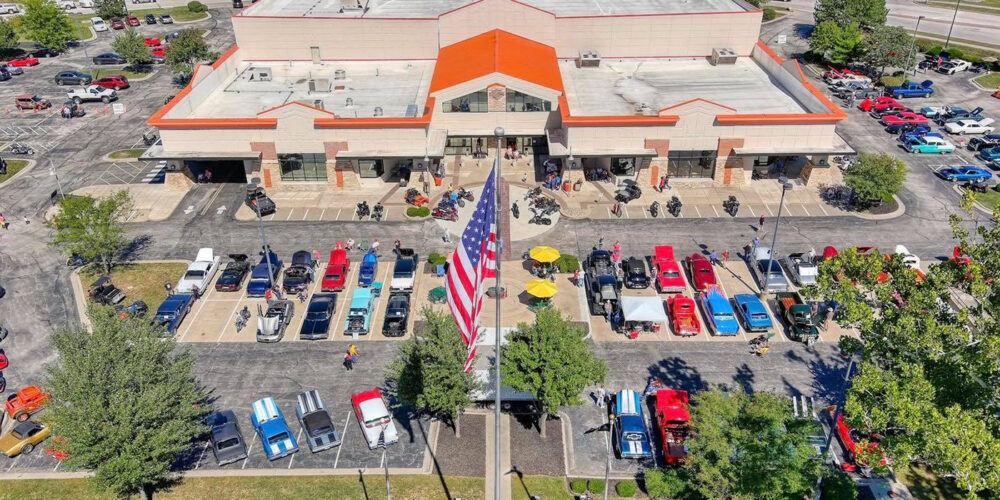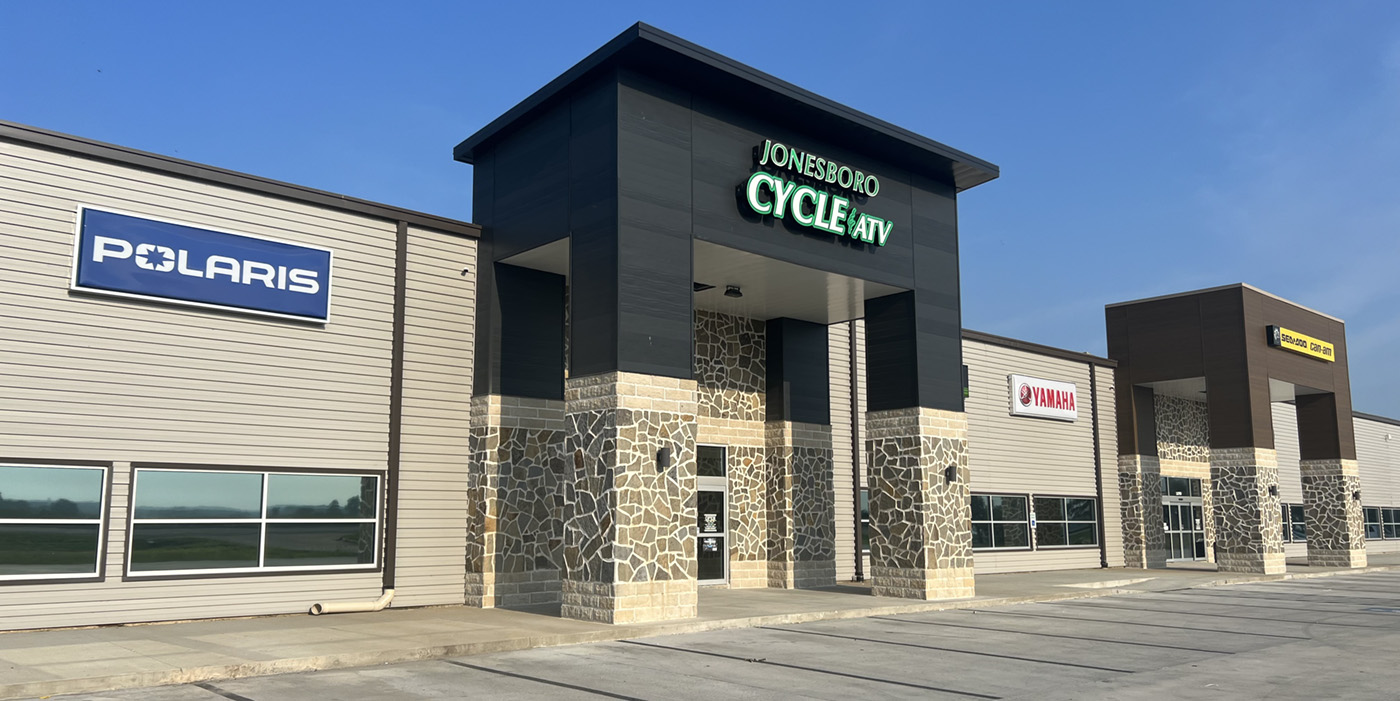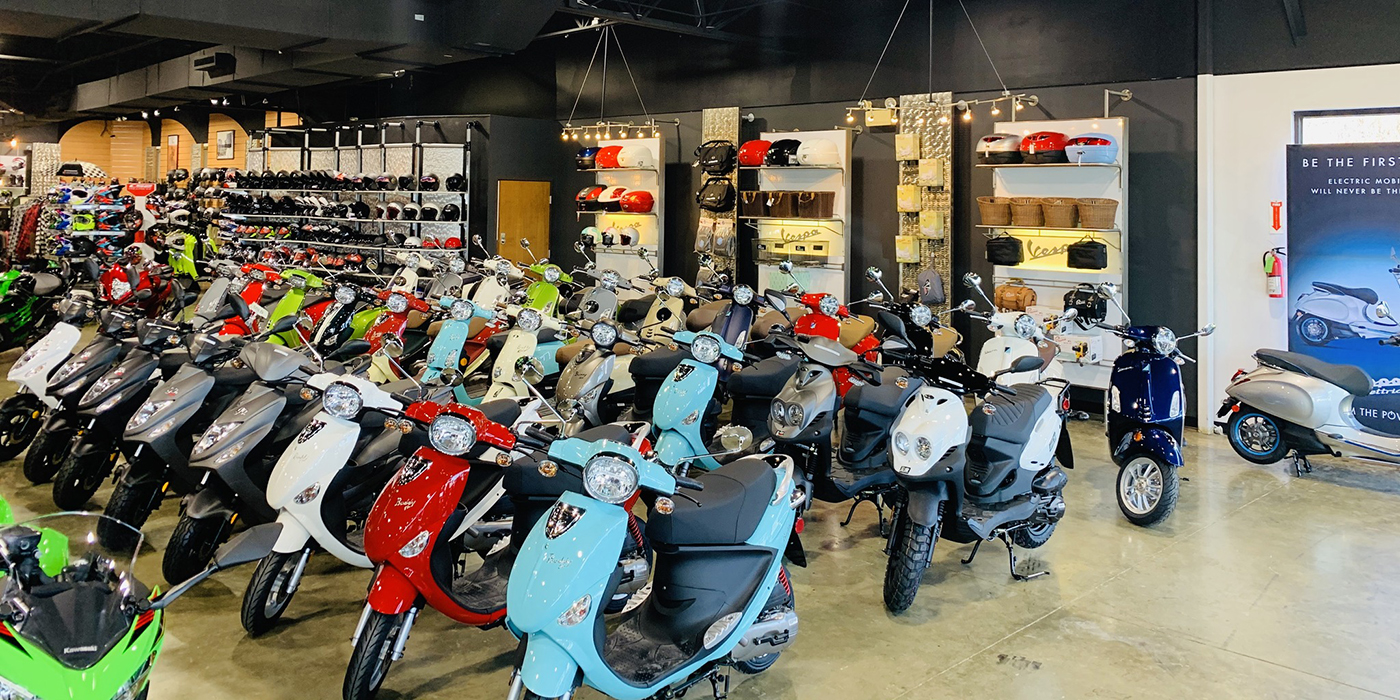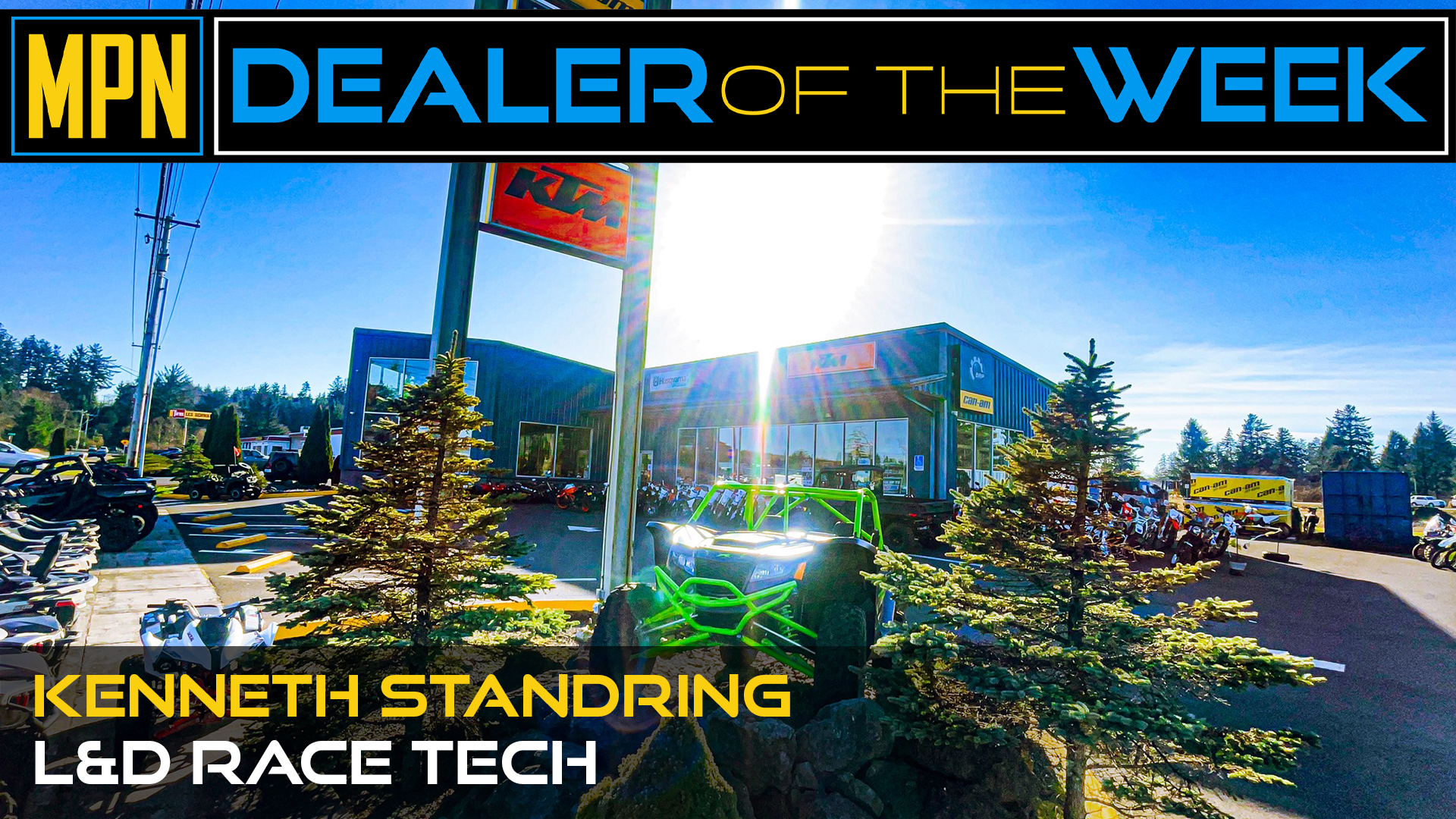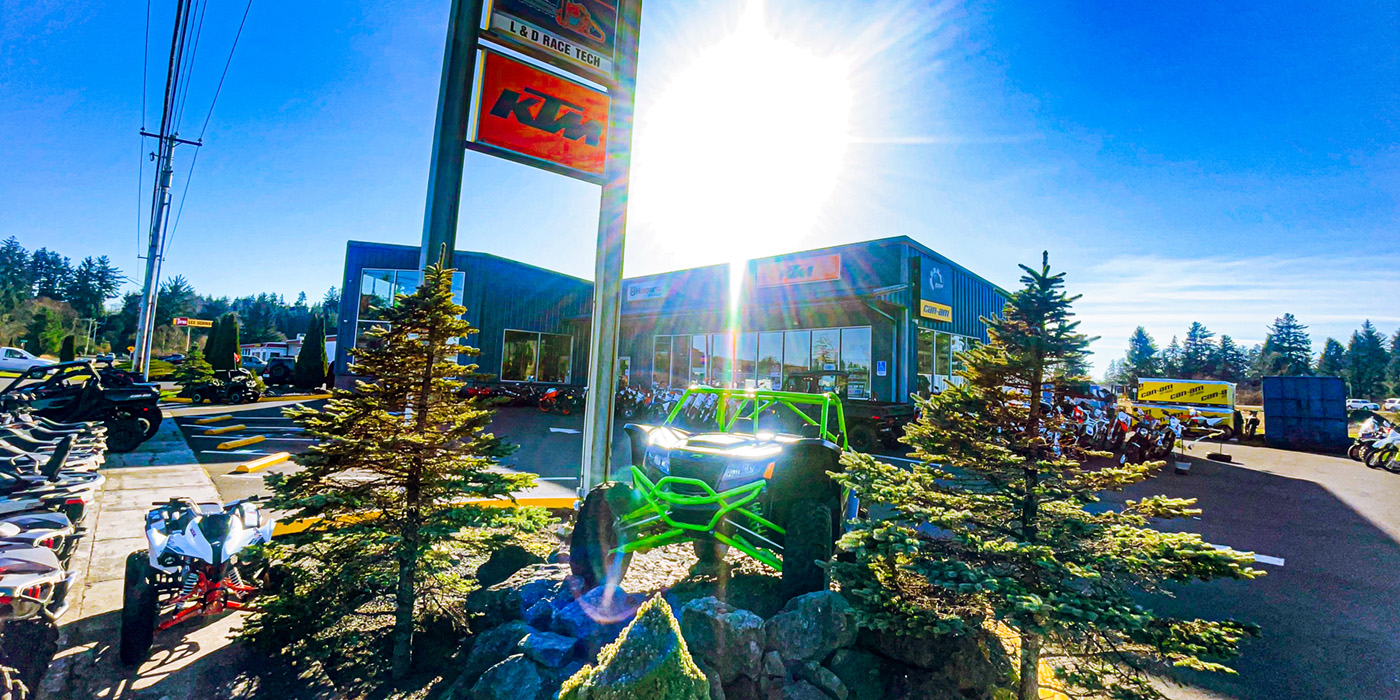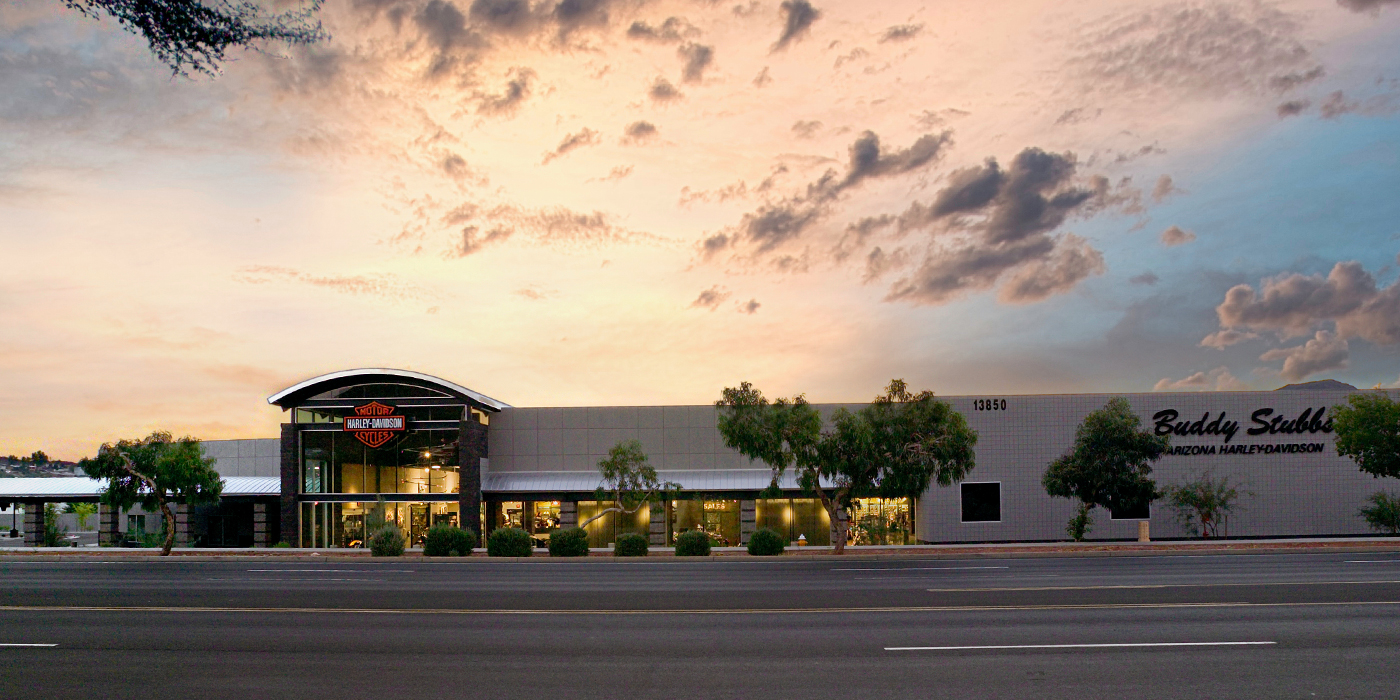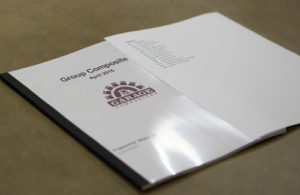 [dropcap]H[/dropcap]ow many unit sales should a dealership get from the traffic it saw last month?
[dropcap]H[/dropcap]ow many unit sales should a dealership get from the traffic it saw last month?
That question has been the single most difficult puzzle for dealership owners and general managers to solve in the motorcycle industry. Unfortunately for many, it remains a mystery, meaning dealerships are making critical business decisions, like staffing levels and unit inventory, based on historic data vs. current-day retail demand.
That reality, however, is starting to change.
Today, dealerships can identify – down to the exact unit count – how many vehicles they should have sold based off their in-store traffic. To calculate this, powersports and motorcycle dealers use ratios based off data from their dealer management and lead management/CRM systems.
While these ratios aren’t new to the industry – they’ve been quietly in play for more than 5 years – they are getting more exposure as Garage Composites, a 20-group provider, focuses on them in its dealer peer review groups known as 20 clubs.
“These ratios are some of the most profound pieces of data in the industry,” says Sam Dantzler, president of Garage Composites and a strong proponent of using the ratios to build dealers’ sales and profitability.
How do the ratios work? Dealers take their total number of parts and service transactions and then divide those by significant lead management metrics, like greets, sit-downs and deliveries. Ultimately, dealers seek to get as close as possible to hitting the ratio of sold units, which varies depending on the industry segment. For metric operators, top performing dealers are delivering one used or new unit for every 12 in-store parts and service transactions. For Harley-Davidson operators, that ratio is one sold used or new unit for every 25 in-store parts, MotorClothes and service transactions.
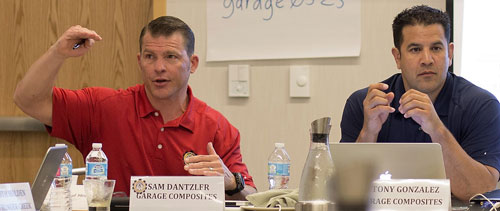
In general, the ratios mean top-performing metric dealers are selling 83 units for every 1,000 transactions, whereas Harley-Davidson dealers are selling 40 units. (Why the difference? Because Harley-Davidson dealers have more transactions due to increased accessory and apparel offerings.)
The ratios not only answer the industry’s most frequently asked question – how many units should we have sold? – but also clearly show how effective dealership staffs are getting the most of the current-day traffic.
The latter, Dantzler says, is why the ratios are based off transactions from the parts and service departments, a stable year-over-year metric for most dealerships.
“A parts or service transaction indicates somebody came into the store to purchase something,” Dantzler says, “which was an opportunity for the sales department to put them on the traffic log, sit them down and show them numbers, and ultimately sell them a motorcycle.”
The study of these ratios has proven to be a major factor of the recent unit sales growth at Emerald Coast Harley-Davidson in Fort Walton Beach, Fla.
“We were at 55-60 percent attainment when we started tracking transitions,” says Daniel Gusoff, general manager at Emerald Coast Harley-Davidson. Meaning when Gusoff and his staff started measuring transaction ratios, the store was closer to selling one unit for every 50 transactions. Now the dealership is hitting around one unit sold per every 25 transactions, which has led to the dealership’s significant sales growth.
How did this sales uptick occur? Gusoff points to three key components: staffing, education and accountability. The latter is done by constant measuring of the ratios. Three times per day Emerald Coast H-D managers get a real-time look to see how they are performing vs. the ratios. How many transactions did they have that day and did their sales staff do enough greets from those walk-ins? How about enough sit-downs? Deliveries?
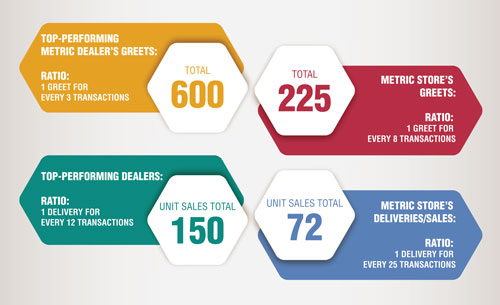
Here is an example of a metric dealership, showing its total number of parts and service transactions and the corresponding sales/lead management ratios they hit vs. what top-performing metric dealers are obtaining using the same number of transactions.
“In addition,” Gusoff says, “we receive a daily automated email with each metric to see if we are ahead of the pace or need to pick up the pace.”
The ratios are in play in the metric part of the industry as well. Alamo Cycle Plex, a multi-brand metric store in San Antonio, Texas, was one of the first metric operators in its Garage Composites 20 club to embrace transaction ratios.
Emily Sistrunk, general manager of Alamo Cycle Plex, said the store’s sales department adopted the concept after previously trying to measure its sales performance using a door swing counter. That measuring tool proved difficult to compare with other stores.
In Alamo Cycle Plex’s first month of using the transaction ratios, Sistrunk says the dealership hit every transaction ratio benchmark and as a result, reached every one of its sales goals plus 10 percent.
“Everyone in my store is a big believer,” Sistrunk says. “We track (the ratios) all the time and it’s definitely helping us move the needle.”
[pullquote]The most critical element to succeeding using the transaction ratios? Dantzler points to staffing levels.“If you’re staffing off what you did last year in unit sales, you’re missing the opportunity that’s in front of you,” he says.[/pullquote]
The most surprising element of the transaction ratios is the answer to that long-standing question – how many units should they have sold?
“Mostly, it’s not 5 or 10 percent more units, which I expect a lot of dealers to be interested in,” Dantzler says. “Rather, it’s 40 – 60 percent more units that should have gone down the road,” he concludes.
Questions on the ratios? Contact Garage Composites’ Neil Pascale at [email protected].

